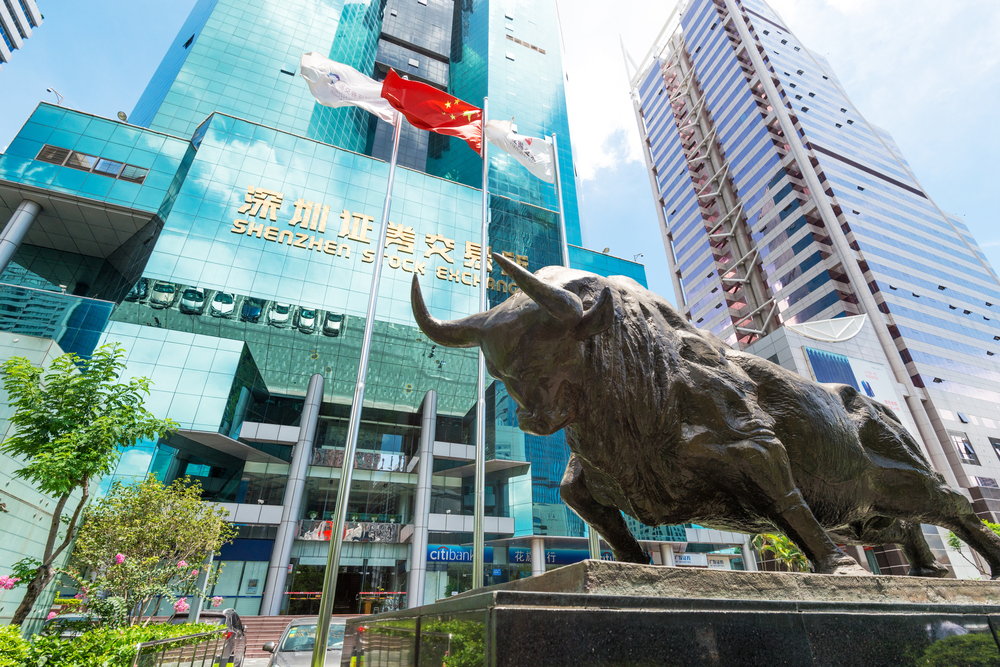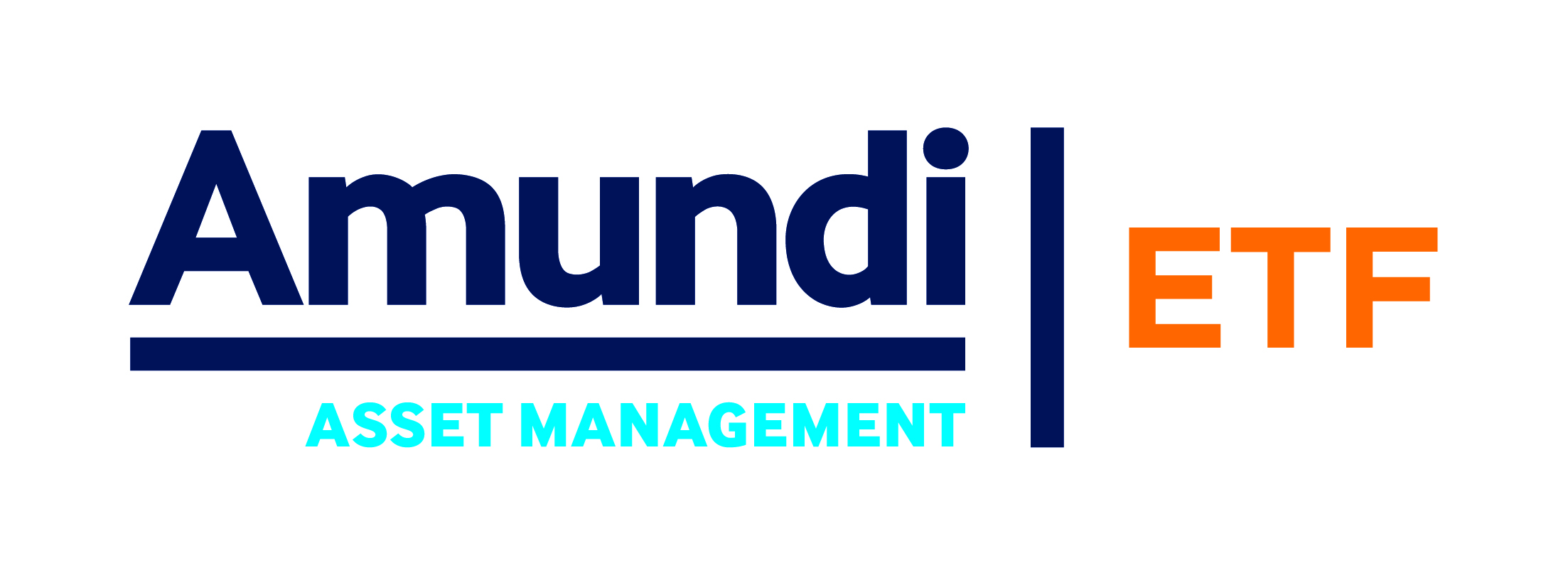China will hope that its economy can continue to channel the hardworking ox in the New Year having outshone western economies during the coronavirus volatility last year.
Last year, the popular MSCI China index booked impressive returns of 29.7% – beating the 21.4% returns of the MSCI USA, and far outstripping the 16.8% rise of the MSCI ACWI.
Looking towards 2021, this trajectory looks set to continue with the world’s most populous country and second-largest economy well-positioned to make the most of its pandemic recovery.
Indeed, while the OECD expects the US economy to grow by 3.2% this year, it predicts China will surge 8%, potentially its largest single-year rise in a decade. At present, there appear to be three core drivers giving China its edge in 2021.
First, is its superior ability to manage and recover from coronavirus pandemic disruption. While being the first country to identify COVID-19 cases, China was also the first country to implement stringent lockdown measures and expand the capacity of its healthcare services.
By March 2020, new daily cases fell from 15,000 to zero in Wuhan. Not only did this allow some semblance of normality to return but has meant that China’s economy has been able to continue producing goods and services while its western counterparts remain hampered.
Going into the COVID-19 crisis, Asian economies had the unique advantage of having recent experience of coping with and overcoming pandemics – and this has given China a structural advantage.
Russ Mould, investment director at AJ Bell, said: “Given the experience of SARS in 2002-03, Asia may have been better prepared and equipped to deal with such a situation.
“In addition, Asian nations learned harsh lessons about debt during their currency crisis of 1997-98 and as a result, aggregate government borrowing levels are generally much lower as a percentage of GDP than they are in the West.
“This gives greater room for fiscal manoeuvre to support growth, should it be needed, and a potentially a firmer footing for currencies,” Mould added.
The second reason for China’s strong recovery is the rise of the middle-class consumer.
Having acted as the world’s champion for exporting manufactured goods for some time, China has spent the last decade or so watching its social structure change – as its middle-class went from burgeoning to established and growing.
While retaining its status as the industrial hegemon, the rise in personal wealth within the country has not only increased the appetite for individual investment and entrepreneurship but also consumption.
With the Chinese pool of disposable income growing, we have seen luxury consumer, hospitality, and travel sectors benefit as demand from domestic sources rises. Going forwards, accessing this growing market will be of vital importance to innovative products and services from disruptive sectors.
Commenting on this development, Carly Moorhouse, fund research analyst at Quilter Cheviot, said: “The structural growth drivers that go hand in hand with a rising middle class, increasing wealth and rapid urbanisation are not the only positives for China.
“Electric vehicles, robotics, AI, biotech and renewable energy are just some of the many sectors where we are seeing increased technological innovation that will power growth for years to come.
“The government and companies alike are focusing on revolutionising these areas as a means to drive the higher productivity needed to remain competitive, especially in order to combat issues like an aging population and supply chain diversification.”
Third and finally, market reforms will make China’s economy more regulated and accessible.
While concerns about Chinese state oversight are well-placed and valid, tighter regulation means that companies are being more closely assessed on market norms that are increasingly compatible with western standards – on issues such as sustainability.
“With the increased level of foreign investment comes the need for improved corporate governance, something that is not going unnoticed,” Moorhouse continued. “The recent pulling of the Ant Financial's IPO due to regulatory concerns shows how serious the government is in its reform agenda. The China Securities Regulatory Commission has also recently announced that all domestic companies must report on ESG factors.
“These are incredibly positive developments, indicating both increased investor protection and a more favourable investment environment for the market in the future.”
ETF options
ETF investors have a range of strategies at their disposal to access China’s rapidly developing market, however, caution must still be exercised when navigating the idiosyncrasies of this market.
Where Chinese stocks are listed can have a huge impact on returns with the mainland A-Shares and Hong Kong H-Shares seeing a huge divergence in performance over the past year.
Highlighting this, the Amundi MSCI China UCITS ETF (CC1U) which solely offers exposure to the H-Shares market has returned just 11% over the past year, as at 11 February.
This is in stark contrast to the similarly named Lyxor MSCI China UCITS ETF (LCCN) which has returned 52.7% over the same period due to its exposure to H-Shares, A-Shares as well as B-Shares, Red chips, P-Chips and foreign listings.
Five top China ETFs for Year of the Ox
There are also a number of ETFs solely offering direct access to the mainland A-Shares, the largest being the $2.5bn iShares MSCI China A UCITS ETF (CNYA), which returned 66.5%.
So, while China appears well-positioned for a bullish recovery during the Year of the Ox, investors must do their due diligence and choose the right ETF to harness the potential of the Sino economy.







